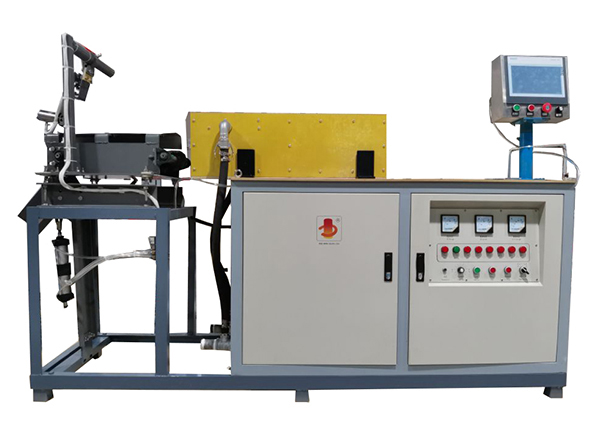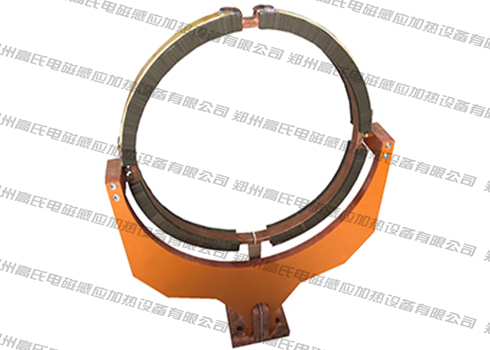
As the name suggests, the piston rod is a connecting part that supports the piston to do work. Most of them are used in the cylinder and cylinder motion executive parts. It is a moving part with frequent movements and high technical requirements. Therefore, the piston rod is generally required to have high hardness, wear resistance and service life, so we usually use high-frequency induction hardening equipment to quench the piston rod, and the quenching effect is quite good.
The piston rod adopts high-frequency induction hardening equipment for quenching heat treatment. The heating speed is quite fast. Post quality is very good. After induction hardening, the piston rod has a thicker tough area under the surface hard layer, which has better compressive internal stress, so that the fatigue resistance and breaking capacity of the workpiece are higher. It can not only carry out quenching heat treatment on the piston rod, but also carry out heat treatment such as diathermy, welding, annealing, normalizing, quenching and tempering on the workpiece, and is widely used in various industries.
Quenching the piston rod with high-frequency induction hardening equipment has many advantages. What's better is that it can choose overall quenching or partial quenching according to production needs, which is quite convenient to use. High-frequency induction hardening equipment does not produce noise and dust when it is working, which greatly improves the working environment of workers, and the country is quite advocating.




 en
en  cn
cn  jp
jp  ko
ko  de
de  es
es  it
it  ru
ru  pt
pt  vi
vi  th
th  pl
pl 


















